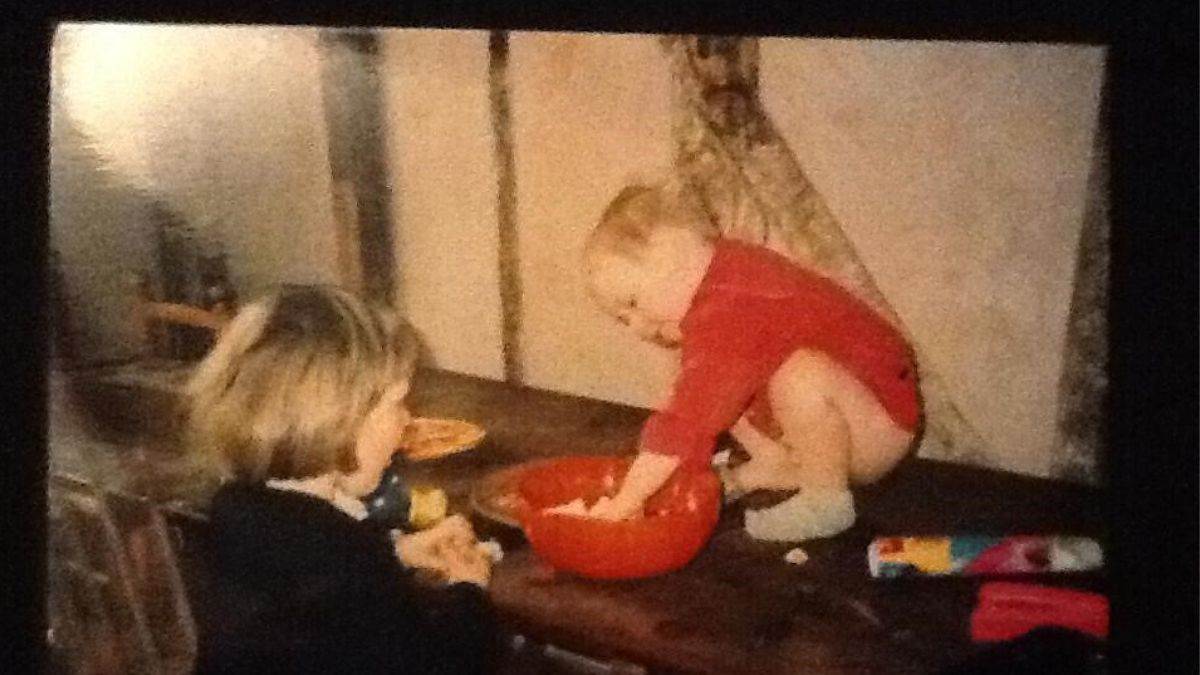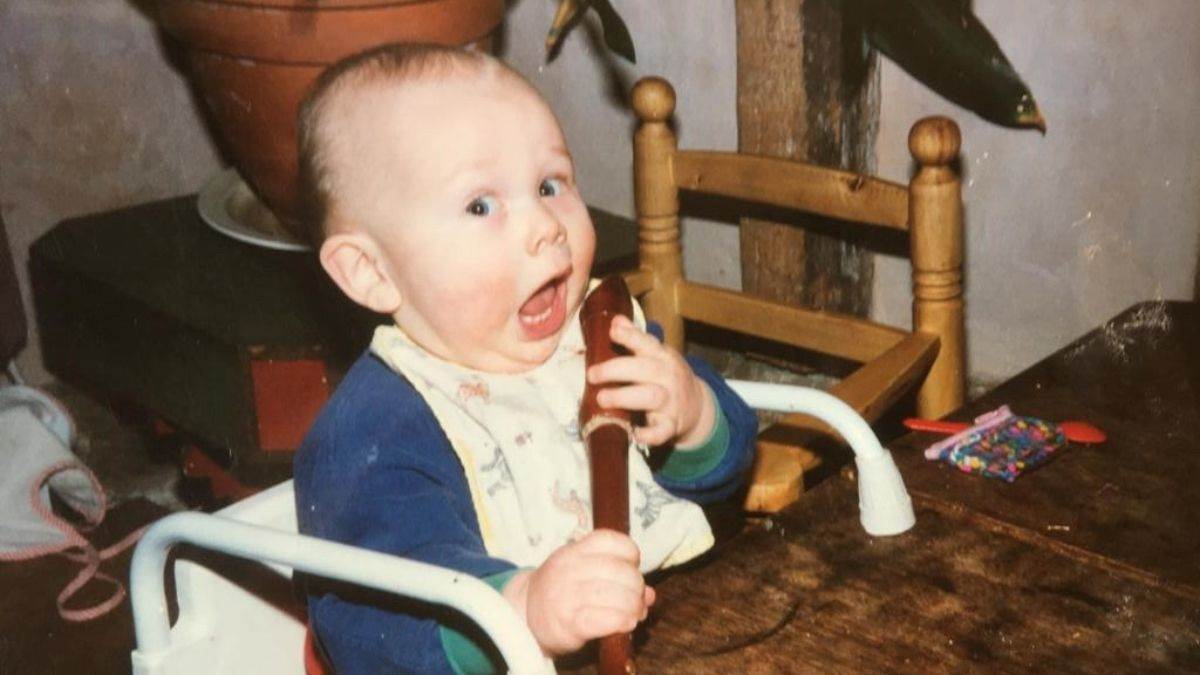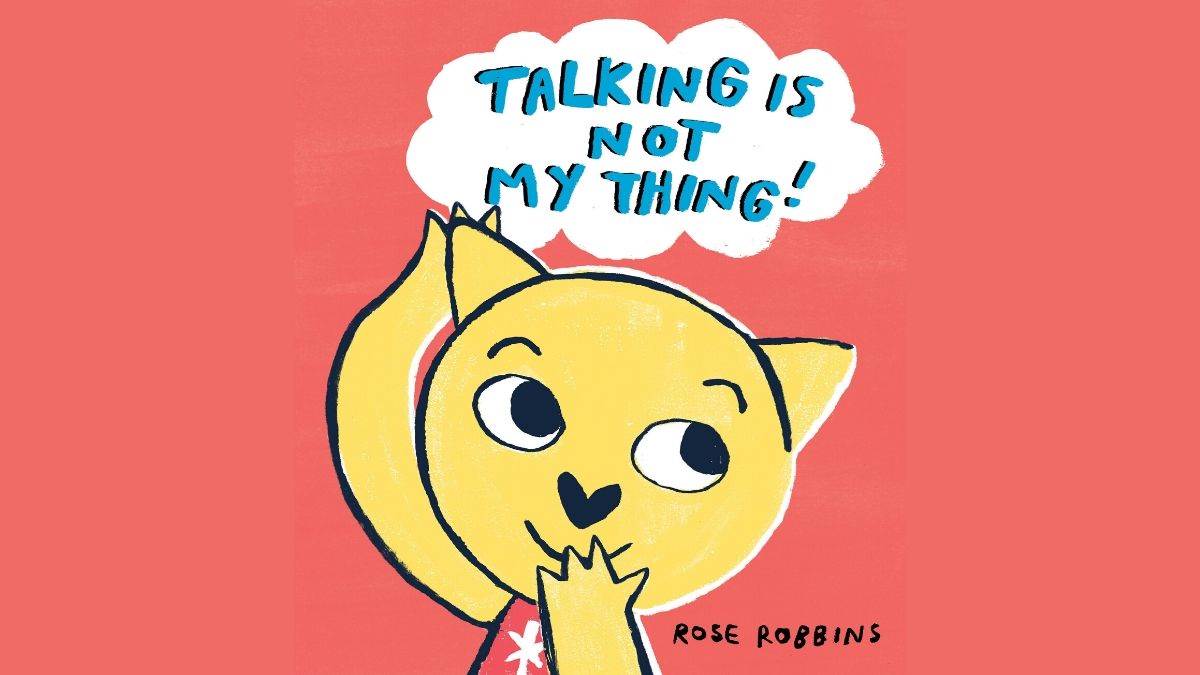Why talking is not everyone's thing
Published on: 18 May 2020
Talking is Not My Thing! author and illustrator Rose Robbins talks about every child’s right to communicate in their own way and the importance of including non-verbal communication in children’s books.

I grew up with a non-verbal sibling, so alternative forms of communication have always been a part of my life.
While I do not have the direct knowledge myself of how it feels to depend on alternative forms of communication, what I do know is that sometimes the inability to understand may not be from a lack of trying, but from a lack of available tools.
My new book, Talking is Not My Thing!, gave me the opportunity to highlight non-verbal communication and some of the forms it might take.
The non-verbal character’s perspective
I’ve reunited the brother and sister duo from my first book with Scallywag Press; Me and My Sister. It seemed natural to switch roles for this second book, giving the sister the opportunity to tell her side of the story through her own words. She does this through thought-bubbles visible only to the reader, and inaccessible to the other characters in the book.
This method allowed me to share the inner world of the non-verbal sister, while also presenting separately how she interacts with family. Of course, mind-reading is not possible in reality, but adapting communicative techniques most certainly can be.
I was able to show flashcards (also know as PEC symbols) and gestures. There are many more that I was unable to fit in, such as Makaton signing and social stories (both highly effective).
We ALL use non-verbal communication
We all know that human interaction is so much more than words. We use non-verbal communication everyday, in our body language, our facial expressions, and even GIFS on social media.
Those of us who have no difficulty using our voices to form words, take for granted the ability to easily express our thoughts and opinions. Being a fully verbal individual, I have always been able to use words when I need to. However when I am in a social group, I will frequently not speak at all. Choosing the right words at the right time can seem easy or hard at different times.
Providing children with the tools to express themselves is one important way of ensuring inclusive connection, but it is equally important that adults have patience and focus.
In the book there is a moment when the sister realises she has lost her favourite toy (Bunny). This feeling of stress is amplified because she has no direct way or communicating her needs to the family, who look on at her distress in confusion. Luckily, the brother knows to follow his sister’s lead, and helps her to find her toy, despite not really knowing what the matter is. What this scene illustrates is the importance of reading these moments of apparent communicative breakdown (screaming/tantrums) as another form of communication, even though they may sometimes seem like the opposite!

Listening to everyone
My hope with this book is not only to offer some ideas for alternative communication, but also to highlight the experience of those for whom speaking is not so easy.
It is important that every child can feel understood, in basic terms but also as individuals. Non-verbal or Pre-verbal children are just as sensitive to others as their verbal peers, so it is paramount that they are made to feel included and listened to.
Rose Robbins' book Talking is Not My Thing! is reviewed here.






